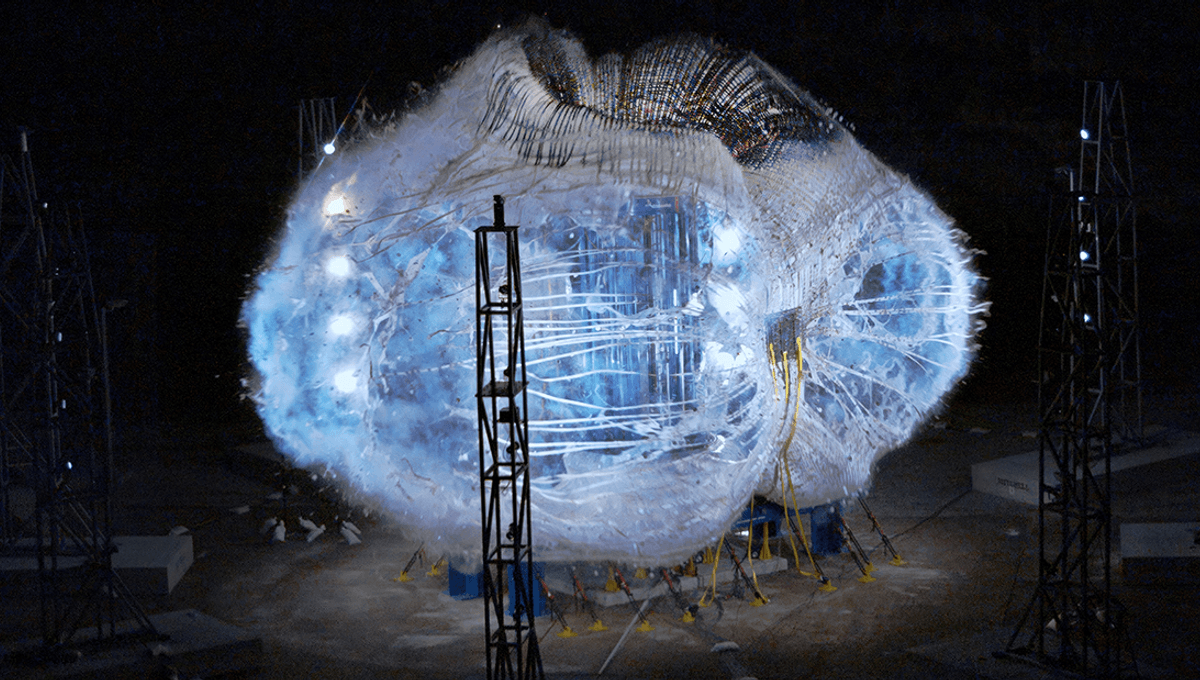
A firm hoping to place the first private space station into low-Earth orbit has taken its latest steps towards that goal, inflating and then blowing up a test module.
Sierra Space, based in Colorado, designed an expandable module which is only inflated to its full capacity once it is in orbit. The Large Integrated Flexible Environment (LIFE) modules are over 6 meters (20 feet) tall, and comparable in size to an average family home, according to the company.
The main advantage of expandable space stations, should everything go to plan, is how much living/working space they will provide per each (expensive) launch.
“Life will achieve 1/3 of the volume of the ISS in one launch,” Leanne Thompson, Systems Engineer at Sierra Space, said in a video, “where that previously took 10 to 15 launches to achieve that same volume.”
The module, made from woven materials that become rigid under pressure, was put to an Ultimate Burst Pressure (UBP) test at NASA’s Marshall Space Flight Center. Essentially, as the name implies, you just keep on inflating the module until it can’t take the pressure anymore and fails.
It exploded pretty spectacularly, but that was to be expected. The International Space Station runs at the operational level of 101.3 kilopascal (14.7 psi), which is about the atmospheric pressure at sea level. NASA recommends that modules should be able to withstand four times a maximum operating pressure of 104.8 kilopascal (15.2 psi). LIFE exceeded this by 27 percent, withstanding an impressive 531 kilopascals (77psi) before failing, nearly the pressure within a champagne bottle.
“Over the past two years, our team has worked tirelessly to reach this point. Working with our key suppliers and strategic partners, Sierra Space has guided our collaborative effort and reached new heights with this latest UBP test,” Shawn Buckley, Senior Director of Engineering and Chief Technologist of EarthSpace Systems, added in a press release. “We have assembled the expertise and knowledge that is required to propel this amazing technology to the next steps – Low Earth Orbit and beyond.”
As exciting as that is, there is a lot of testing to be done before anybody floats around inside. The team will continue with UBP tests as well as developing the atmospheric barrier for the module, and layers to help protect it from orbital debris.
Source Link: Space Firm Tests Space Station Module By Blowing It Up